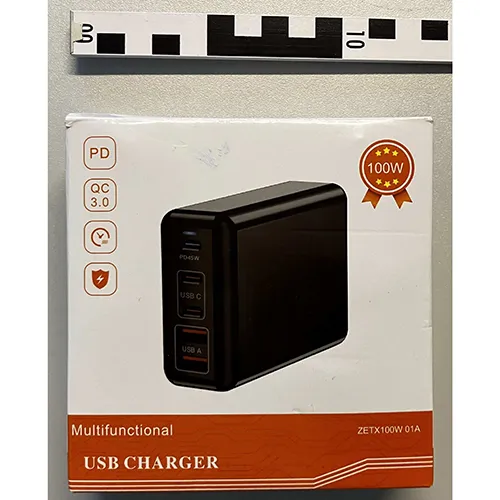InfoCons Consumer Protection Alert : XiQier PICTURES – Plastic doll set
XiQier PICTURES – Plastic doll set
Name: High Quality Fashion Doll
Category: 10
Date: 2025-08-15
Product Category: Toys
Risk Type: Chemical
Danger: The product has an excessive concentration of bis(2-ethylhexyl) phthalate (DEHP) and dibutyl phthalate (DBP) (measured values: 0.95% and 3.5% by weight, respectively). These phthalates may harm the health by causing possible damage to the reproductive system. The product does not comply with the REACH Regulation.
Measures: Type of economic operator to whom the measure(s) were ordered: DistributorCategory of measure(s): Withdrawal of the product from the marketDate of entry into force: 24/06/2025Type of economic operator to whom the measure(s) were ordered: DistributorCategory of measure(s): Ban on the marketing of the product and any accompanying measuresDate of entry into force: 24/06/2025
Description: Plastic doll with blonde hair. The doll wears a sleeveless pink dress. The accessories include 6 pairs of high heels, 2 pairs of ballerina shoes, 1 hair dryer, 1 comb, 1 perfume, 1 hairpin, 1 mirror, 6 felt-tip pen.
Notifying Country: Hungary
Country of Origin: People’s Republic of China
Alert Type: Consumer
Alert Level: Serious risk















